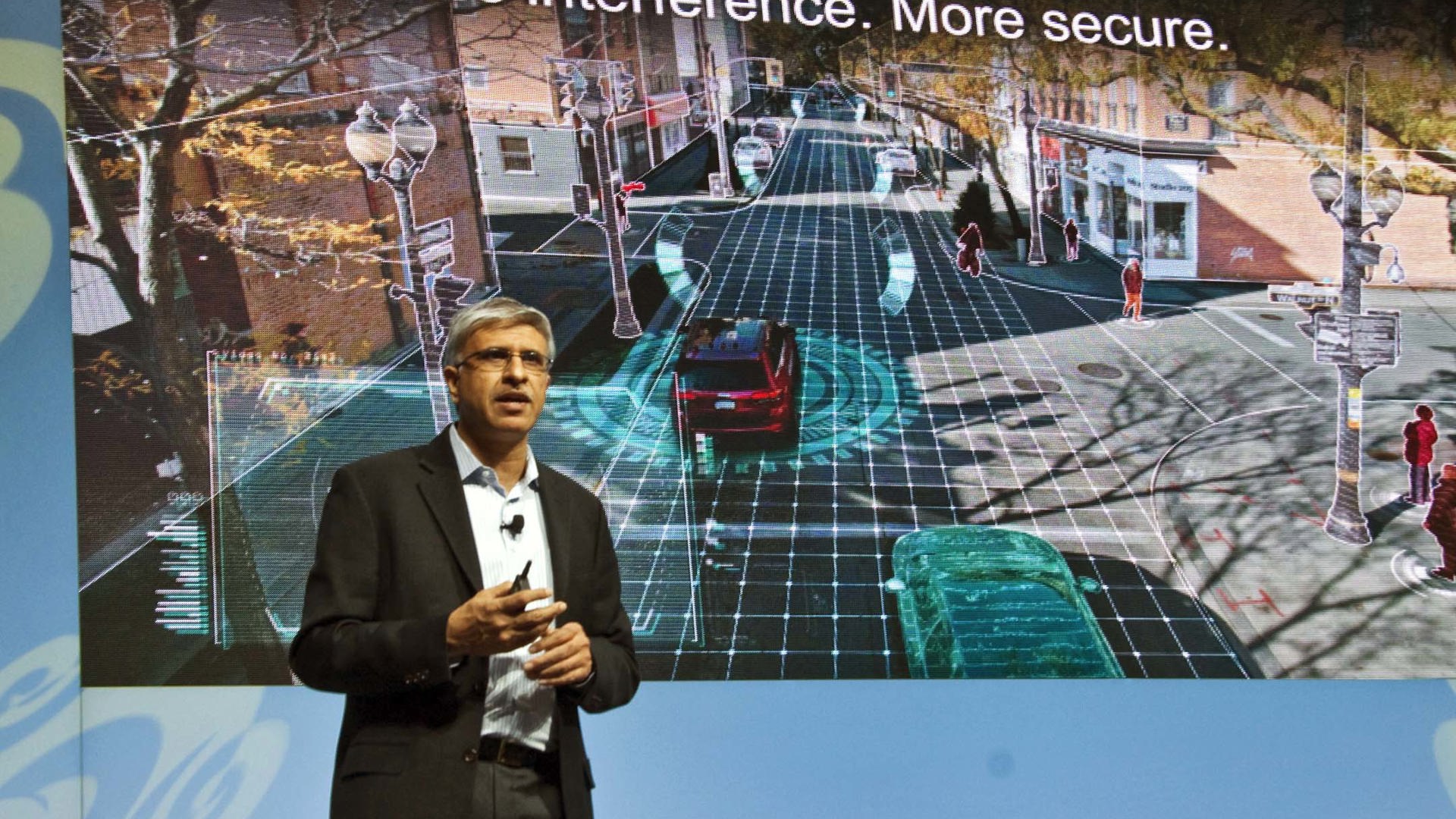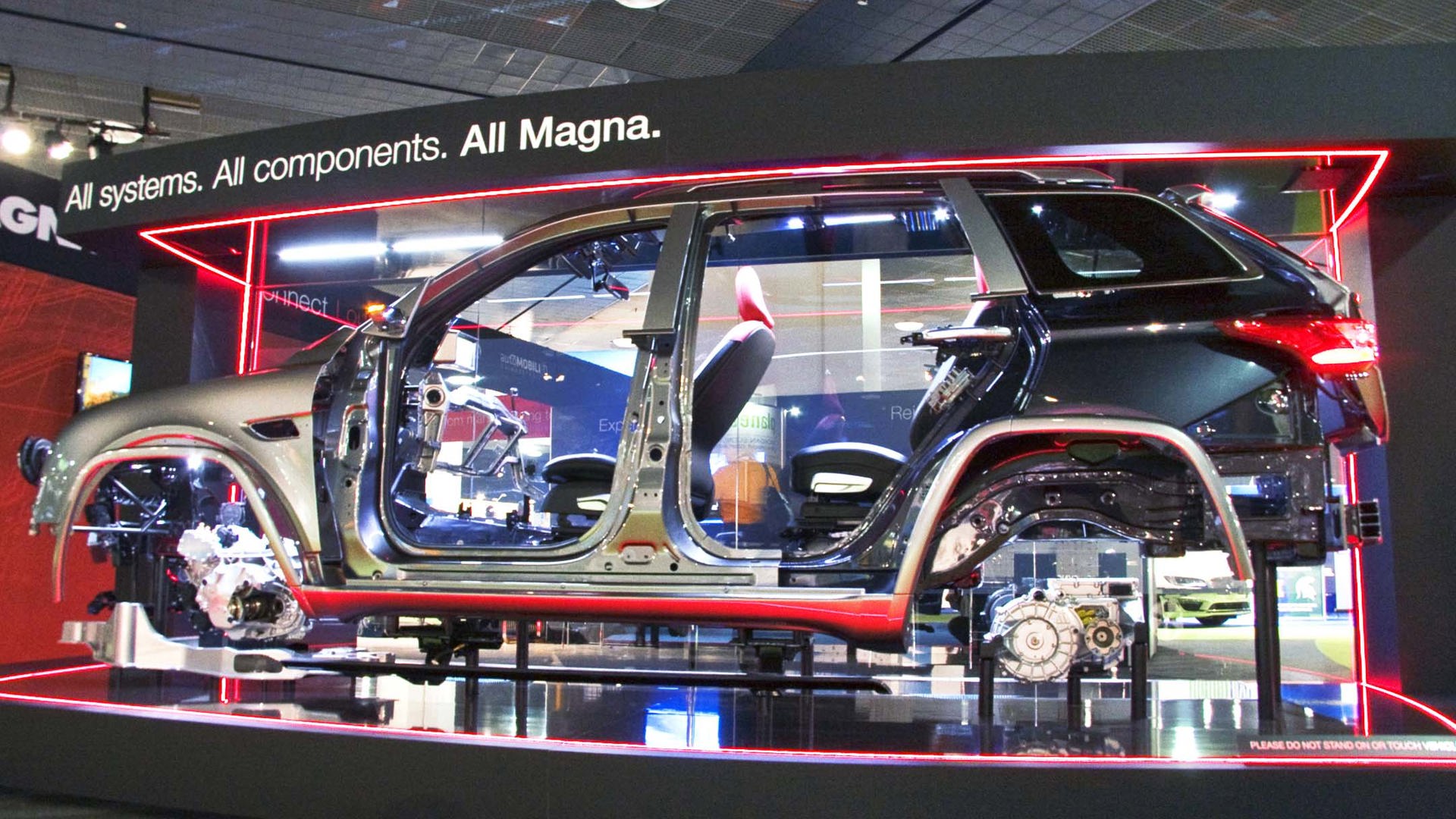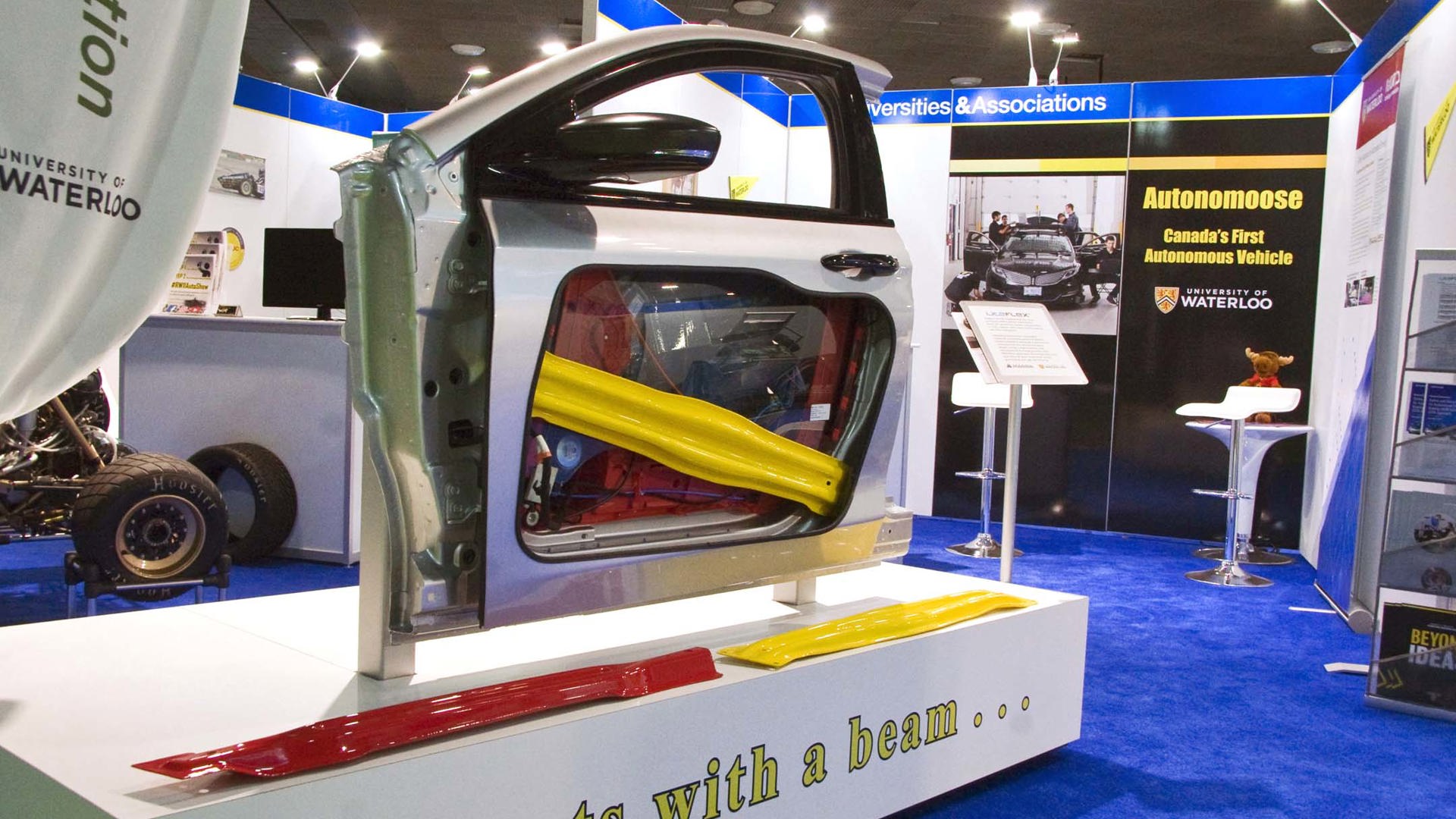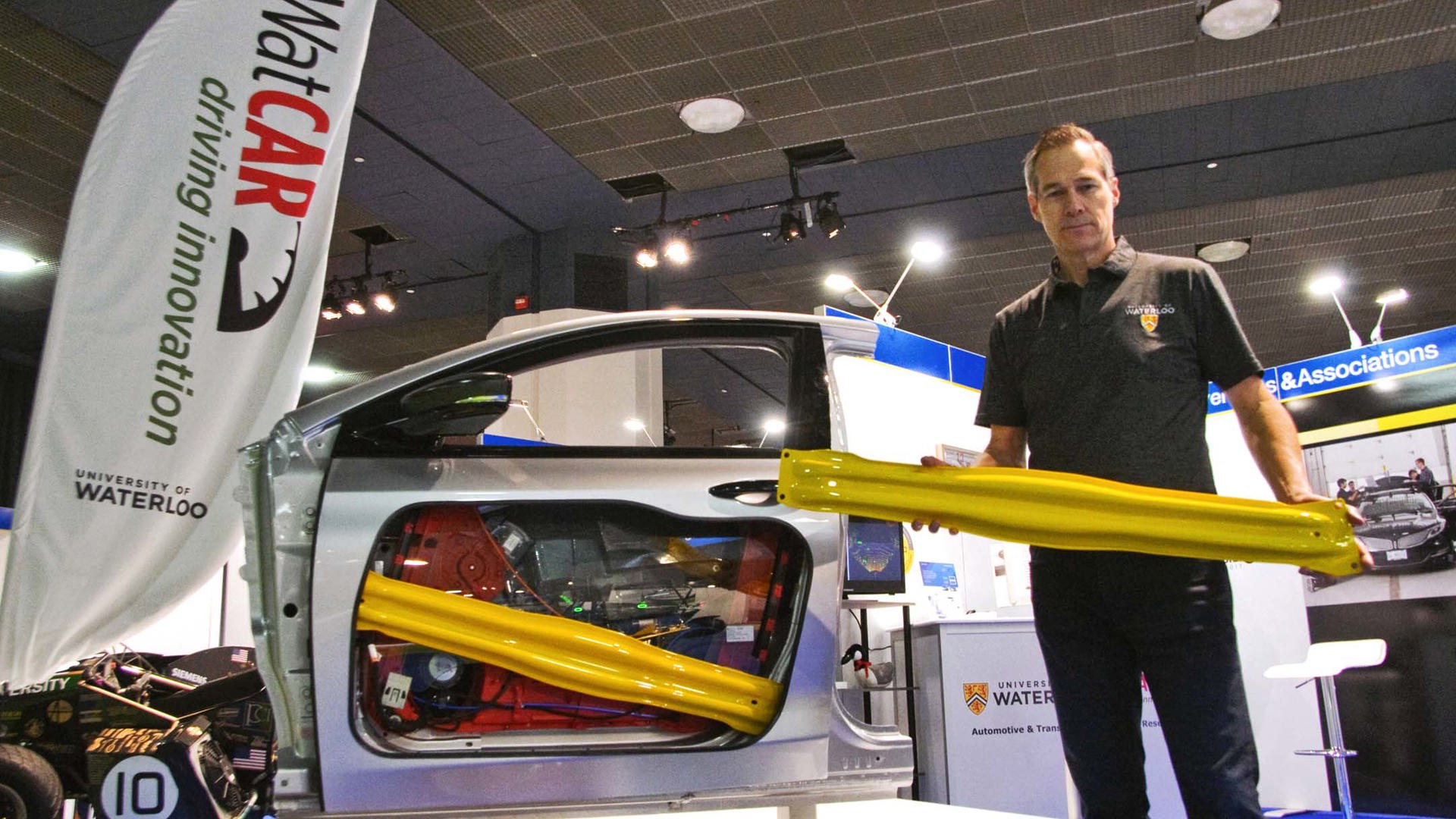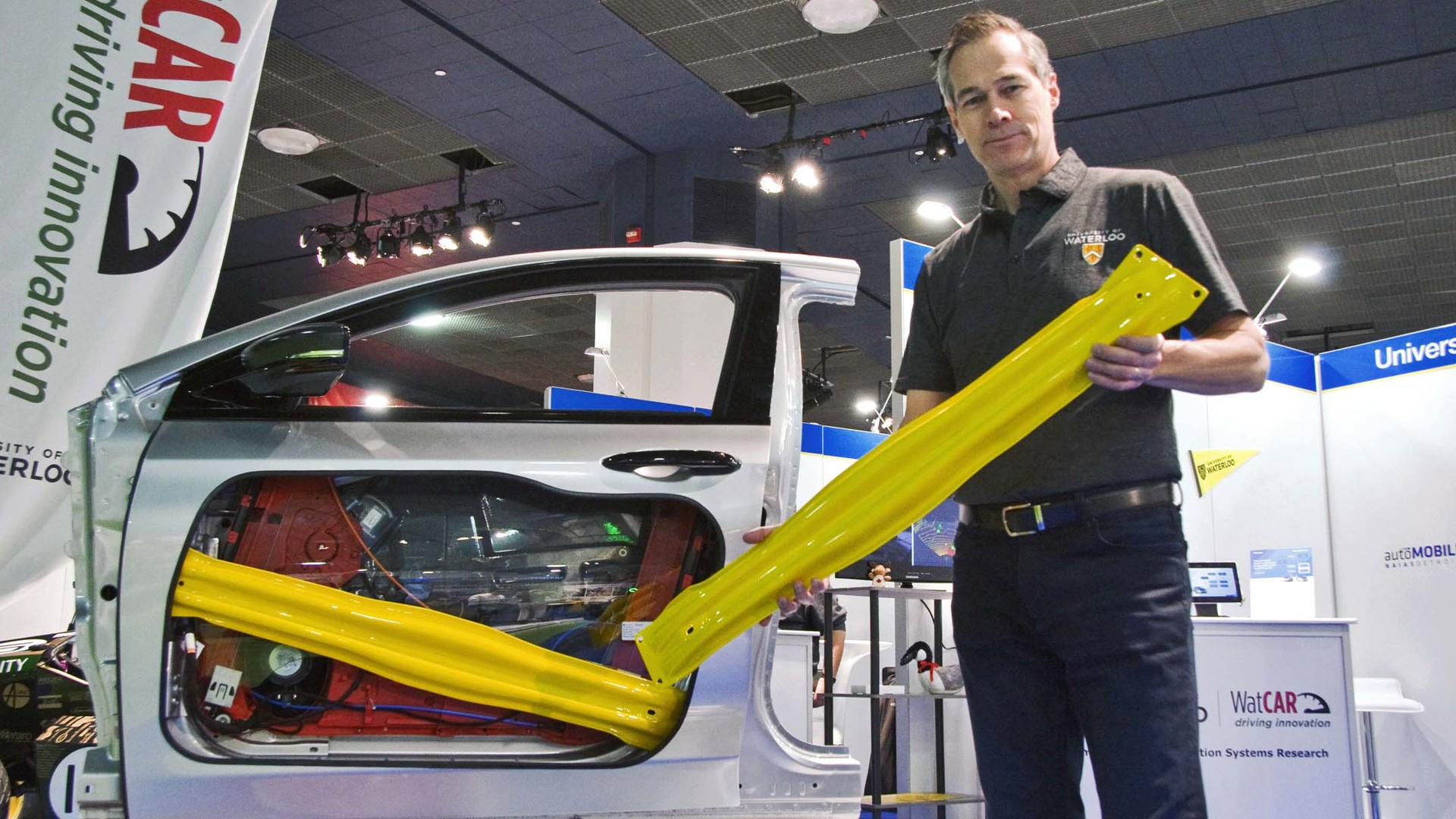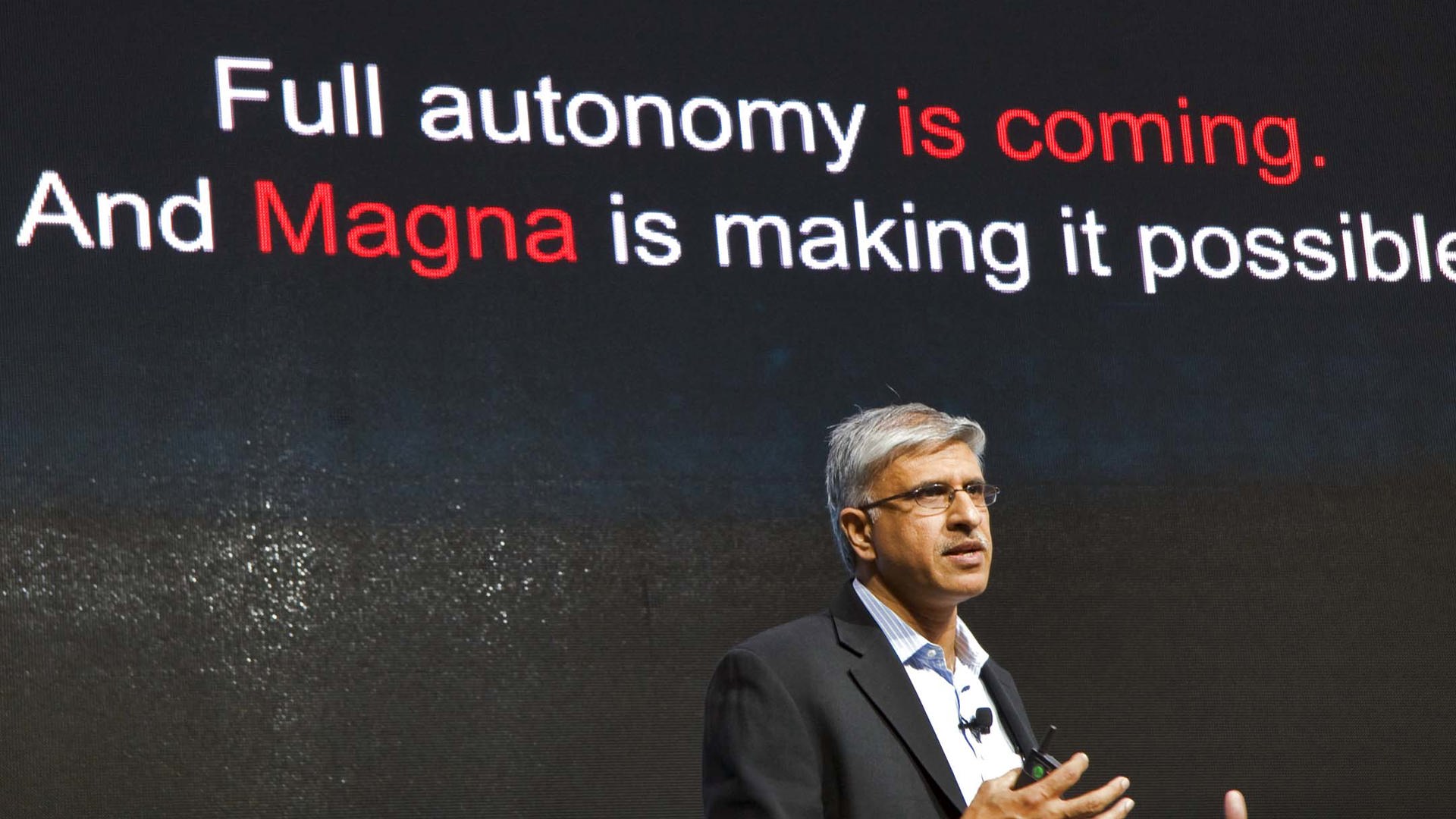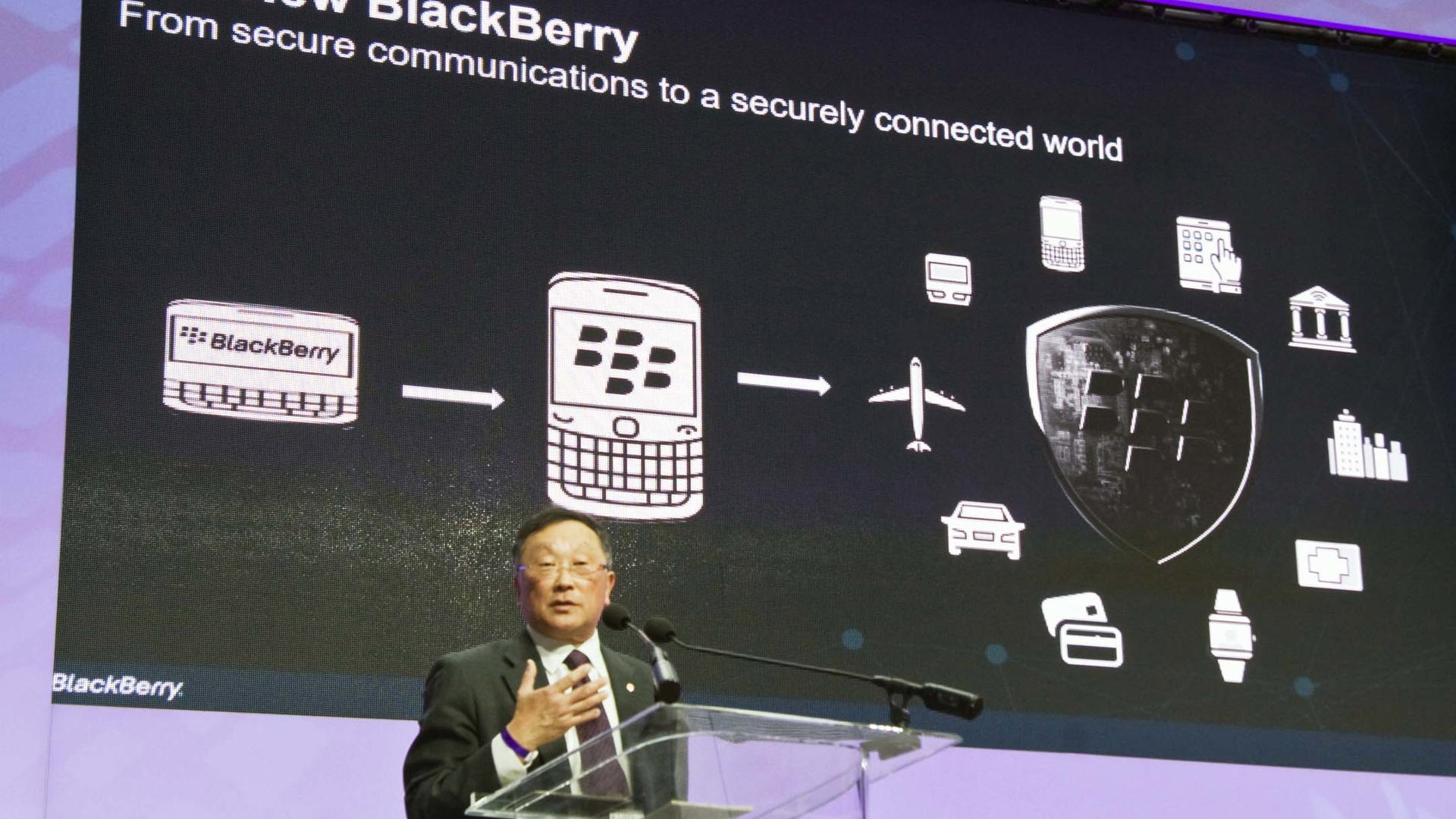DETROIT – “Here, hold this.” Ross McKenzie, Managing Director of WatCAR at the University of Waterloo, hands me an arms-length strip of flat metal in bright red. Though only millimetres thick, it’s substantial enough to make a good club.
“Now try this,” he says, holding out what looks to be an identical piece, only in yellow. By comparison it’s a featherweight – a “warm-formed” aluminum component that’s a full three pounds lighter than its steel counterpart.
What I’m actually holding is a beam, a structural element in a new door developed by Magna International for the automotive industry. Including the WatCAR-designed beam, the entire door assembly is 15.2 kg lighter than the current production door – and in the automotive industry, weight reduction translates into higher efficiency and lower fuel consumption.
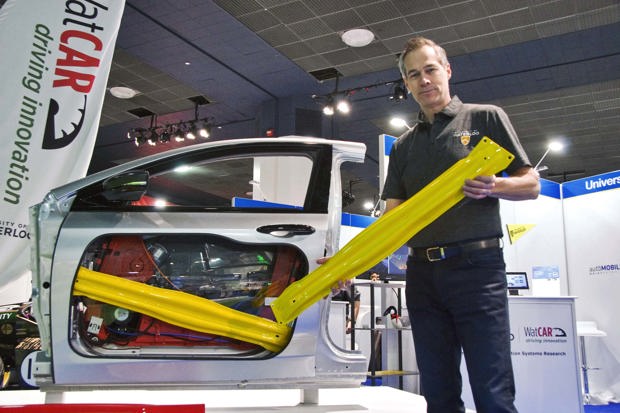
WatCAR (Waterloo Centre for Automotive Research) is just one of the exhibitors in AutoMobili-D, a mobility-focussed hall within the Detroit auto show showcasing the vast array of new technology supporting the automotive industry.
Reflecting technology’s explosive importance to the industry, the AutoMobili-D display, which was only launched last year, has grown by 30,000 to 150,000 square feet of autonomous vehicles, advanced powertrains, cybersecurity, connected car, and various other mobility-focussed exhibits.
Canadians are well-represented on this important international stage. Approximately a quarter of the hall is sponsored by Magna International, the Toronto-based global automotive supply giant that’s increasingly focussed on forming close partnerships with tech start-ups, entrepreneurs, and universities.
“As incubators of ideas and developers of the next generation of talent, universities play a vital role in the developing mobility ecosystem,” said Swamy Kotagiri, Magna’s Chief Technology Officer in a keynote speech at the NAIAS media day. There are some 25 university and associate exhibitors under the Magna-sponsored umbrella within the hall, including University of Waterloo, University of Toronto, and the Government of Ontario.
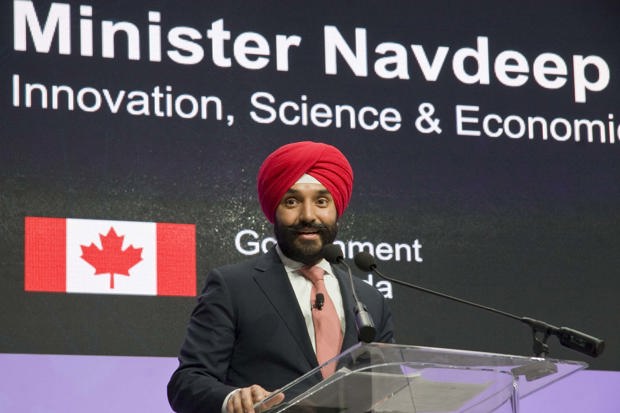
Canada’s Innovation, Science and Economic Development Minister, Navdeep Bains was also on hand at the show to promote Canada as a world leader for automotive investment and vowed the federal government will increase support for technology and business with Strategic Innovation Fund investments in the Canadian automotive sector.
“We are teaching more than one billion kids to learn how to code. This is digital literacy.” He used the moment to promise any company with an interest in expanding to Canada would find an “army of talented Canadians with the STEM skills needed for future technologies.”
Programs such as Waterloo’s WatCAR represent a valuable talent pool for OEMs and suppliers to draw from – particularly in autonomous software technology, an industry that’s potentially worth trillions in the near future. Symbiotic partnerships – such as the one with Magna – are crucial to support the development of these new, emerging technologies.
“We don’t do any research in engineering at Waterloo if we don’t have an industry partner at our door with a challenge they need help to solve,” said WatCar’s McKenzie. “They put dollars and in-kind contributions on the table and we get matching funds from programs like NSERC (Natural Sciences & Engineering Research Council) and through the province with the Ontario Centres of Excellence.”
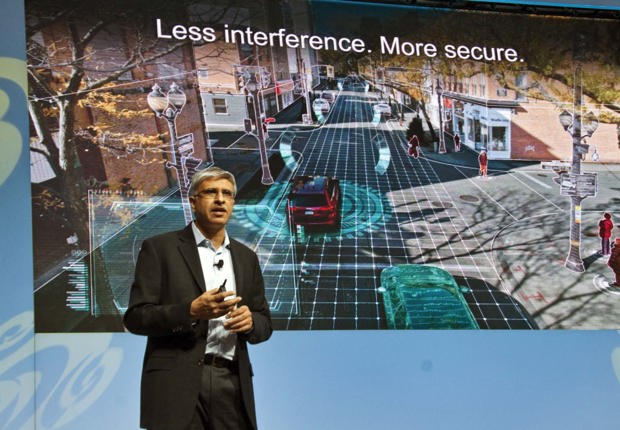
Aside from helping automakers develop new lightweight metal components through their Materials and Nanotechnology departments, WatCAR is also a leader in developing software and data for connected and autonomous driving. Through a program called “Autonomoose” whose mascot is a Canadian Moose, WatCAR developed a full suite of radar, sonar, lidar, inertial, and vision sensors that work with embedded computers for fully autonomous driving.
Last October, Canada’s first public demonstration of a driverless vehicle linked to the local infrastructure was successfully carried out using WatCAR software in partnership with Blackberry, who developed the operating system. The test was conducted on a closed course in Ottawa’s Kanata Technology Park – and all the traffic lights on the course were equipped with transmitters, and lane and road markers repainted. With Ottawa’s mayor and a city council member as passengers, the customized Lincoln MKZ used its onboard sensors to read the traffic lights and road markings and successfully navigated the course.
If the name “Blackberry” makes you think of smartphones, you’re not alone. Most of us have held the Waterloo-based company’s signature product in the palm of our hands. But that was then. Today, the Canadian company’s QNX division is making a name for itself as one of the premiere innovators of cyber-security tools and autonomous driving software for the automobile industry.
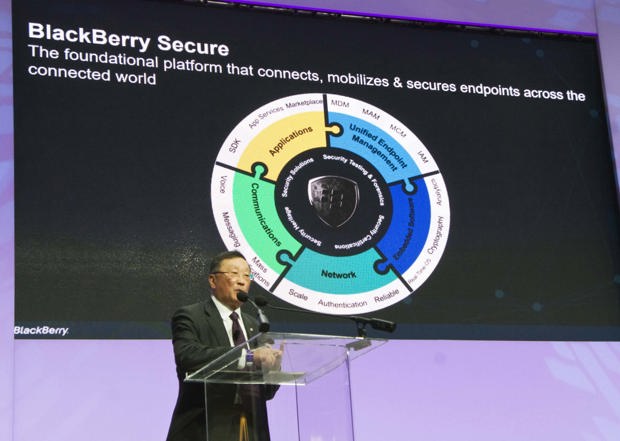
Blackberry’s CEO John Chen made his first appearance at the Detroit Auto Show this week to help further his company’s expansion into the automotive industry. Chen used the occasion to introduce a new cyber-security tool called “Jarvis” which can scan the hundreds of software elements in a vehicle and detect weakness. QNX is currently conducting trials with some of the industry’s largest automakers including Jaguar/Land Rover, who claim in their own independent study that they were able to assess security code several thousand times faster using Jarvis – reducing the time from thirty days to just seven minutes. According to Chen, it gives the OEMs the ability to assess the entire software code base, predict the possibility of a breach, and “stay one step ahead” of hackers and malware. He expects Jarvis will also be of great value to manufacturing, defence, aerospace and health sectors.
The once-struggling Blackberry’s emergence as a major player in the autonomous software business has led to a resurgence of investor interest in the company, whose stock increased by more than 50 percent last year.
Magna also unveiled a new high-definition radar in Detroit, which it plans to bring to market in 2019. Based on technology used by the US military, “Icon Radar” continuously scans the environment in four dimensions – distance, height, depth, and speed – for a range of three hundred metres. It’s able to differentiate between hard static obstacles and soft moving objects like pedestrians, bicycles, and pets. Communicating with the vehicle fifty times faster than the blink of an eye, the advanced radar system is a major step towards fully autonomous driving.
![]()
Clearly, Canada is aiming for an industry leadership position in the evolution of autonomous and connected vehicle systems. General Motors has expanded its engineering and software development in the Oshawa Tech Centre and hopes to add approximately 1,000 new positions. With the arrival of the 2018 Cadillac CT6, GM’s long-awaited Super Cruise finally debuts. Unlike other systems that demand you re-grasp the wheel after 30 seconds of hands-free operation, Super Cruise can look after steering, braking, and acceleration without frequent driver intervention. While Super Cruise brings us even closer to full autonomy, it does have its limits. It won’t operate above 136 km/hr, nor in major snowstorms – and if it senses the driver is too inattentive, it will cut out completely.
And finally, the gorgeous Ford GT on the showroom floor, resplendent in candy-apple red and white racing stripes owes its lightweight architecture and sophisticated suspension to Multimatic, a leading global supplier of engineered components to the automotive and racing industries. Based in Markham, Ontario, Multimatic also engineered the suspension system for the 2018 Chevrolet Colorado ZR2, a finalist for 2018’s North American Truck of the Year.
